National Key Dear Refuge
Established in 1957 to protect and preserve in the national interest the Key deer and other wildlife resources, the 9,200-acre National Key Dear Refuge consists of salt marsh wetlands, mangrove forests, freshwater wetlands, pine rockland forests, and tropical hardwood hammocks. Twenty-three endangered and/or threatened animals and plants live in the refuge.
National Key Dear Refuge is surrounded by saltwater and easily accessible on Big Pine Key. Because of karst bedrock, freshwater is stored in the bedrock’s holes and crevices. This freshwater is necessary for Key Deer and other plant and animal species to thrive.
Visiting National Key Dear Refuge on Big Pine Key:
Drive the Speed Limit. Key Deer and other wildlife share the roads with you.
Be sure to stop at the Visitor Center to learn about how to avoid poisonwood trees and stay safe on a trail where you may encounter snakes and alligators.
Saunter along the trails at The Blue Hole. https://www.imagineourflorida.org/blue-hole/
Discover endangered Bartram’s scrub hairstreak butterflies, endangered Lower Keys marsh rabbits, and the endangered Key Deer. https://www.imagineourflorida.org/key-deer/
There are 40 species of reptiles, including alligators and crocodiles, waiting to be discovered. Look for over 250 migratory and resident bird species, including the rarely seen Mangrove Cuckoo. Snakes, including the threatened Eastern Indigo call the refuge home.
Leashed dogs are welcome.
Learn more here:
https://www.fws.gov/refuge/National_Key_Deer_Refuge/
Photo credit: Dan Kon, Nancy Kon, Christian Kon

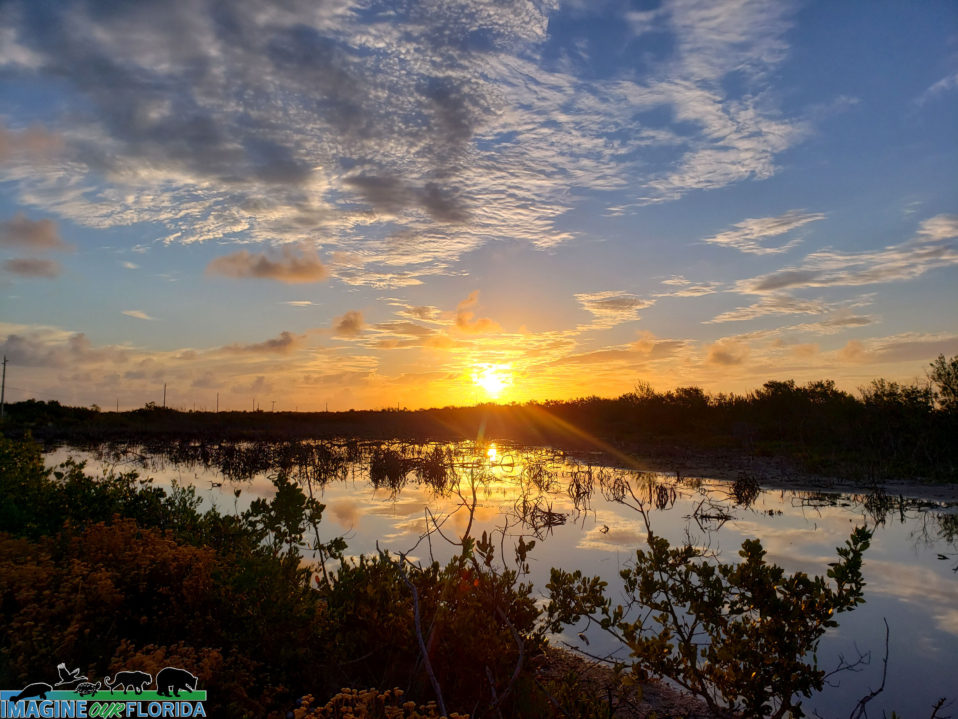
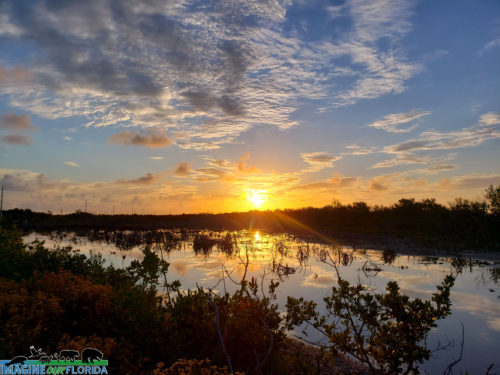
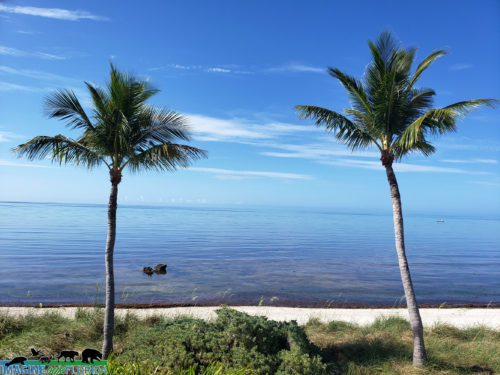
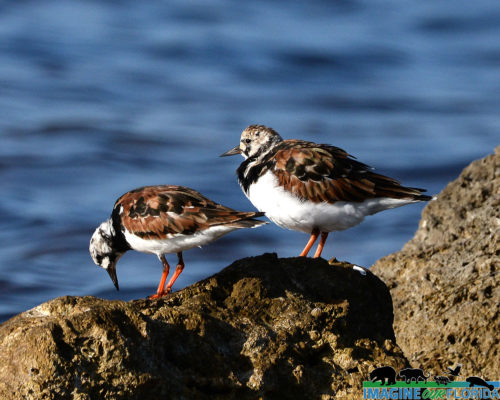
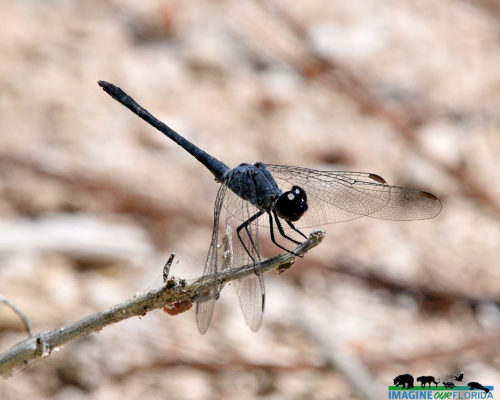
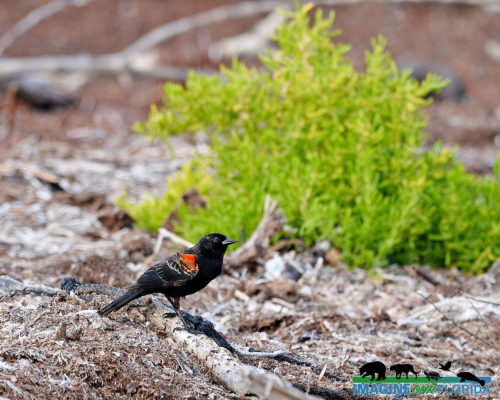
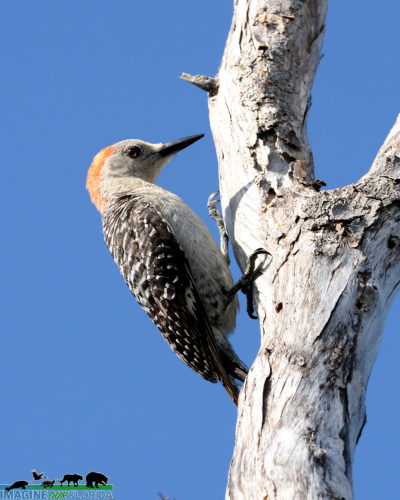
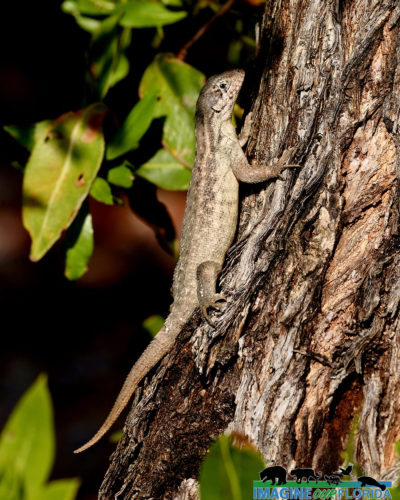
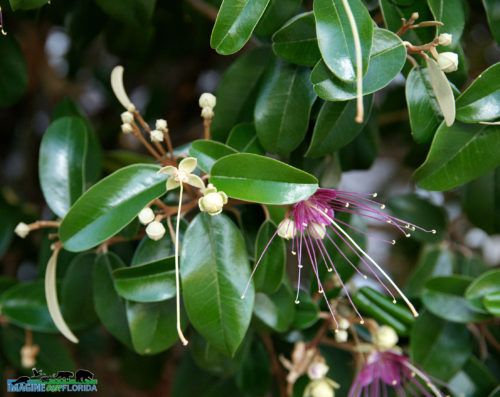
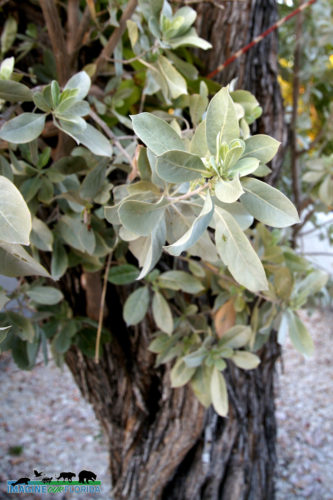
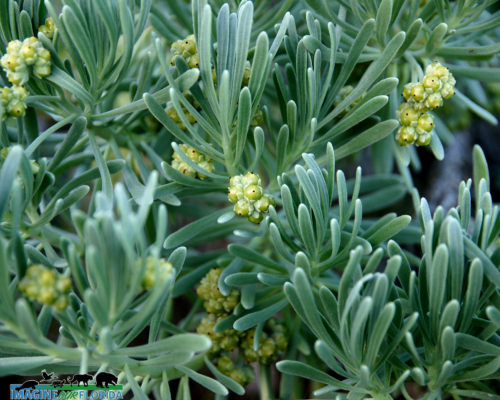
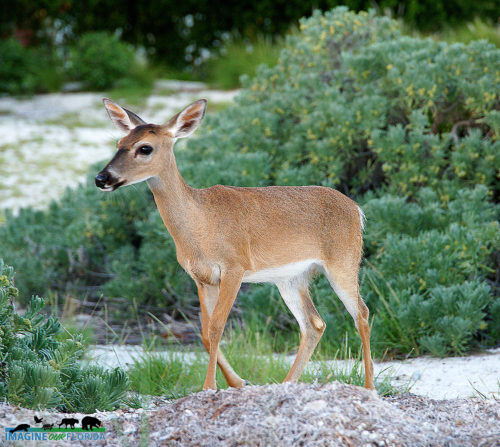
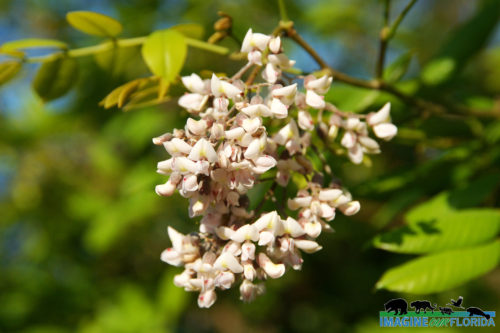
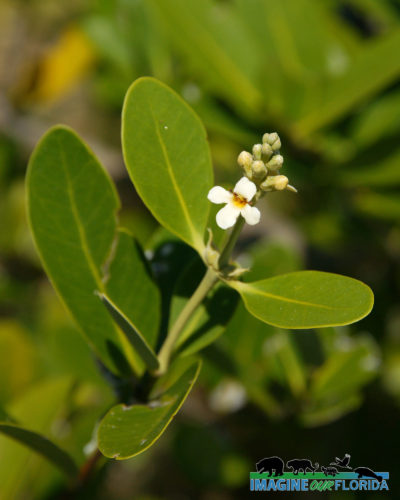
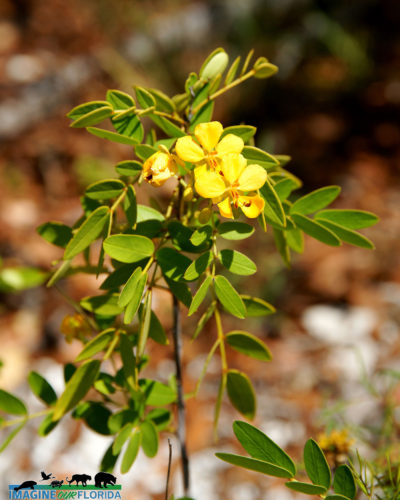
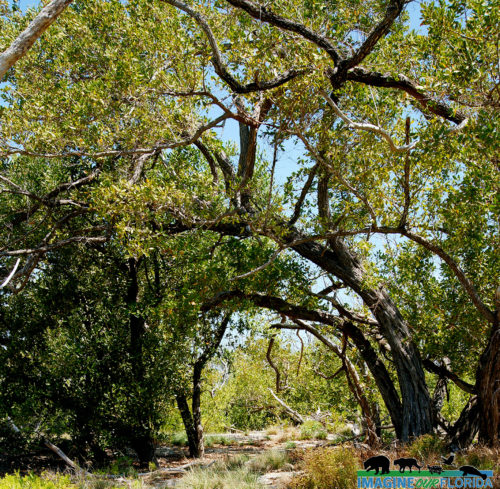
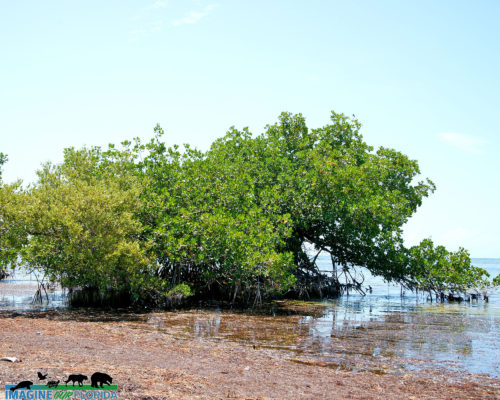
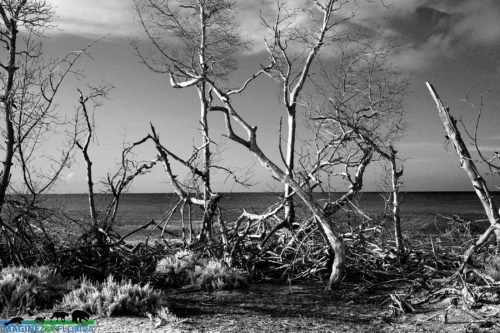
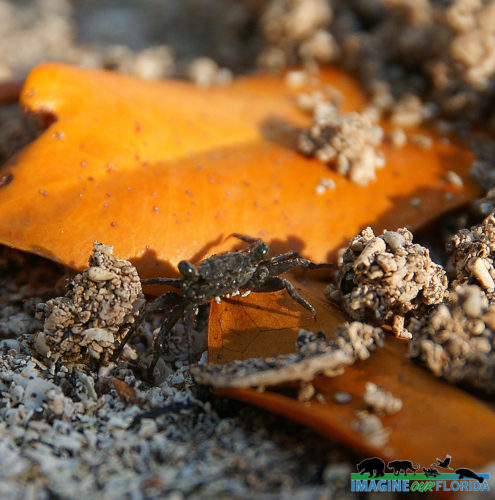
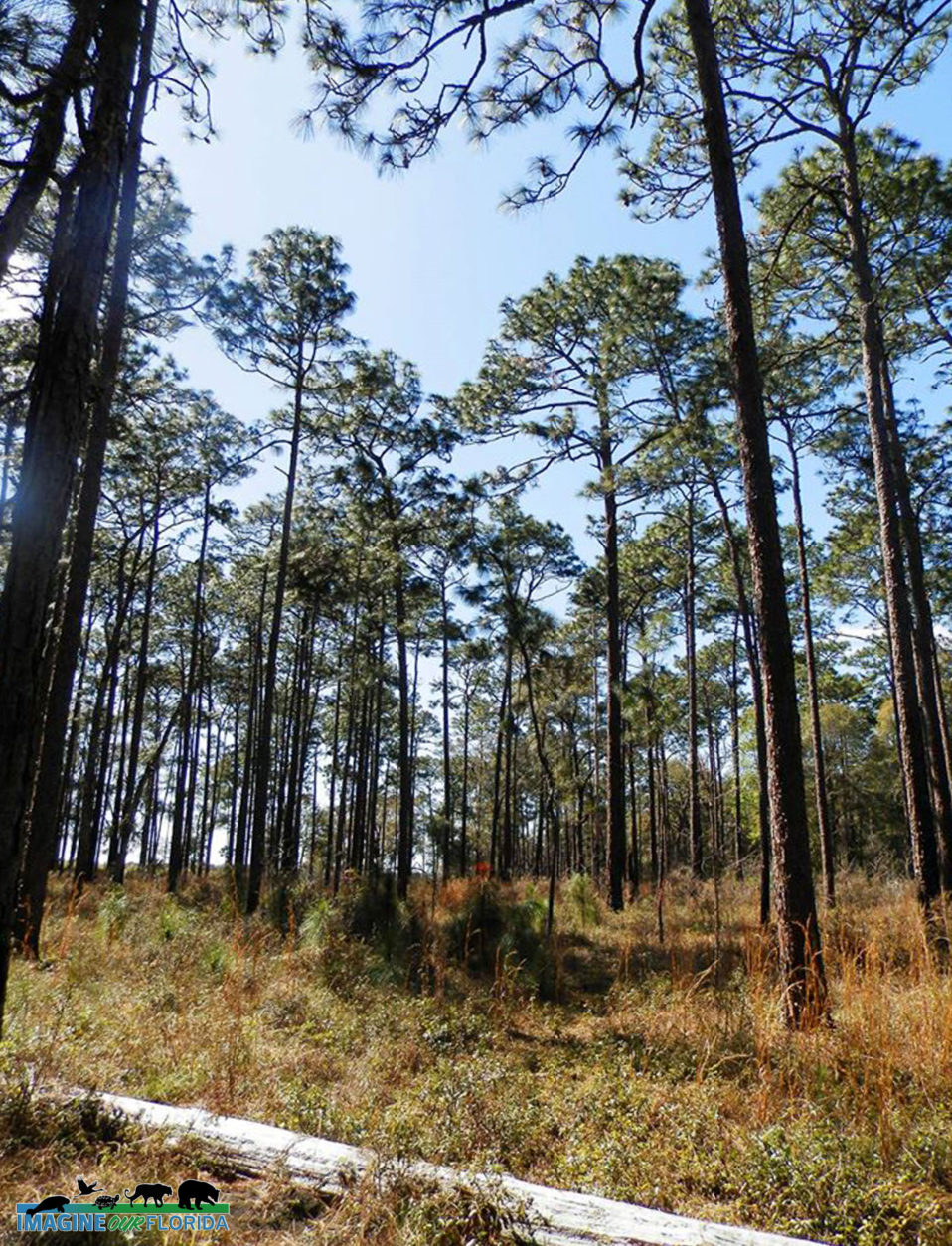
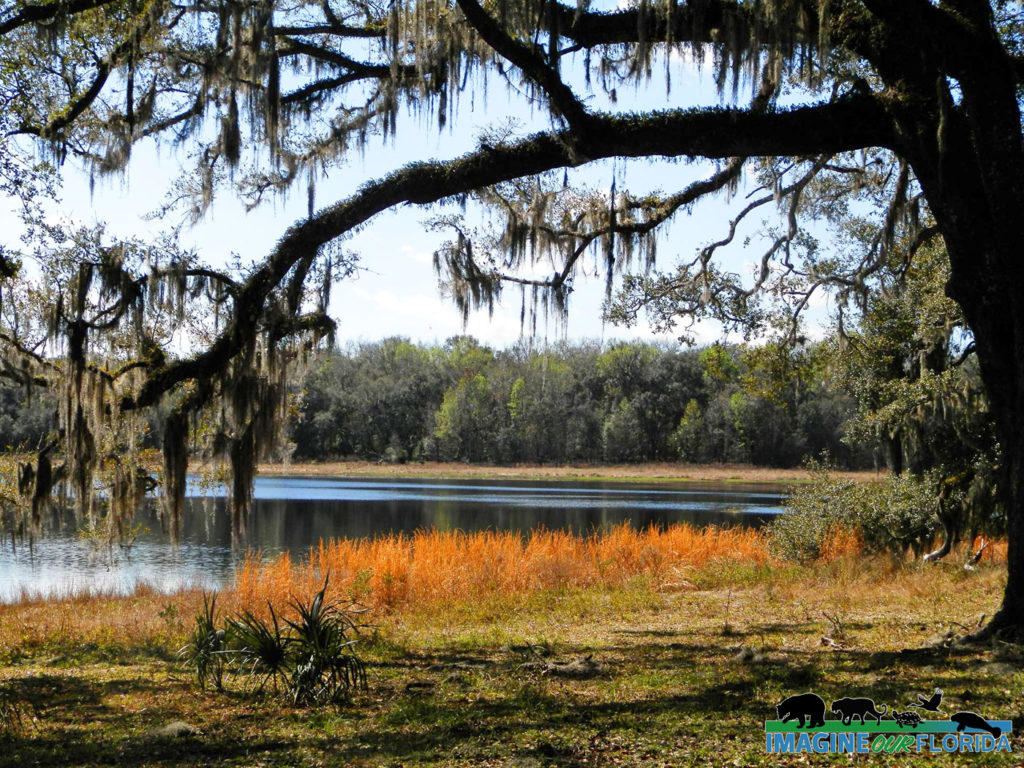
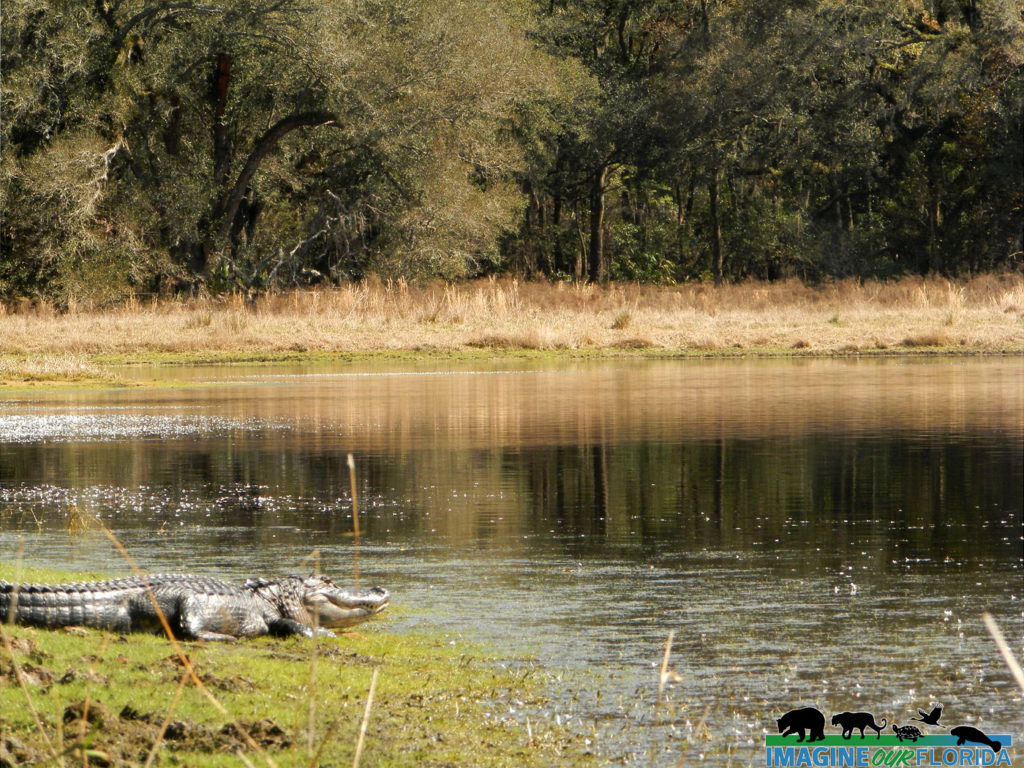
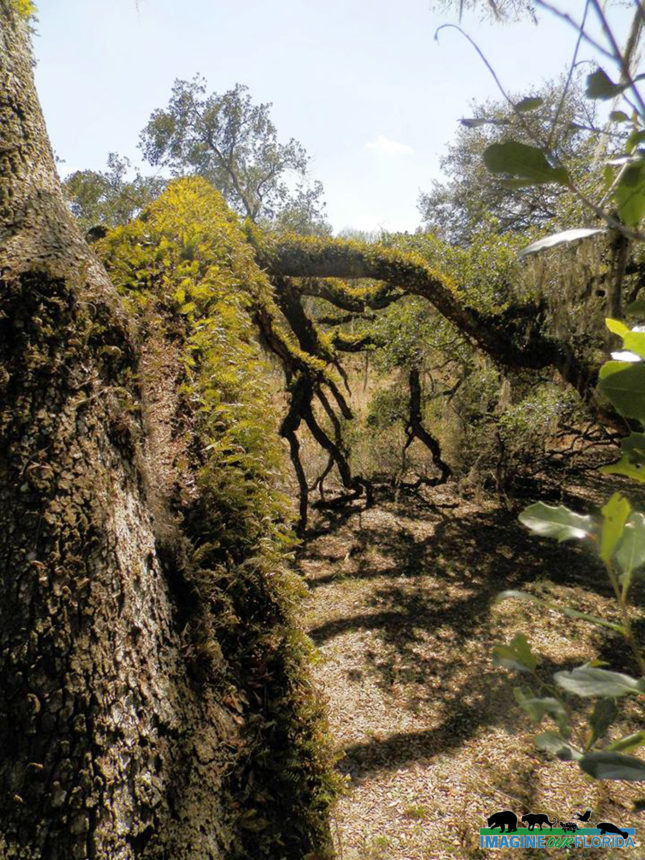
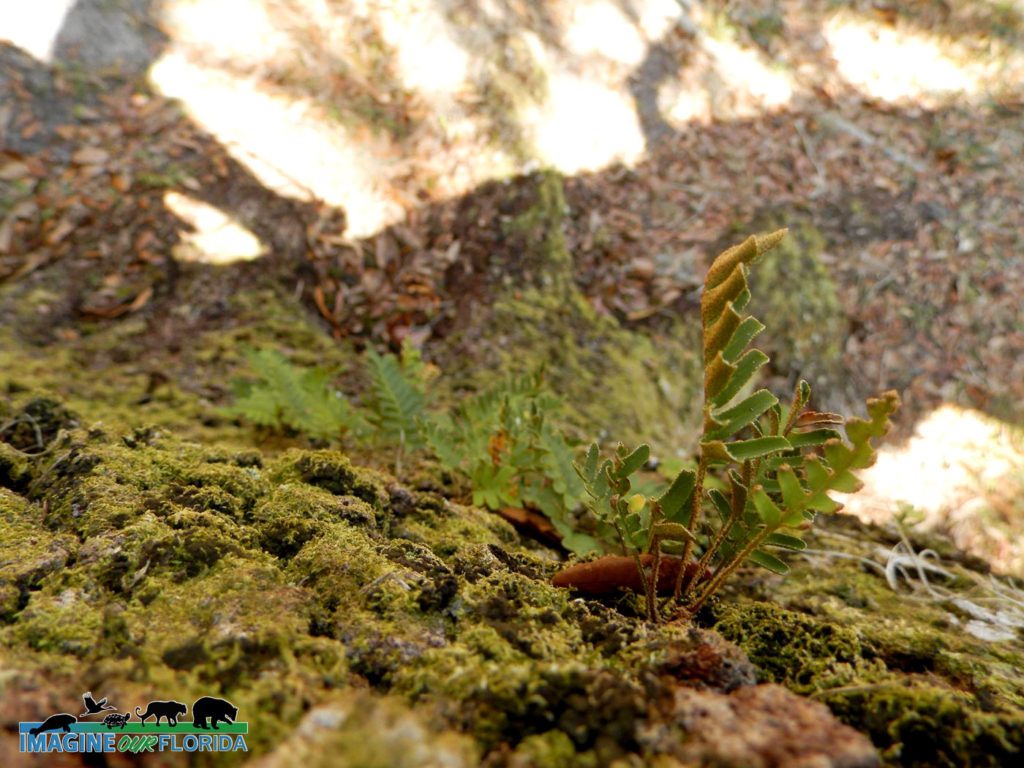
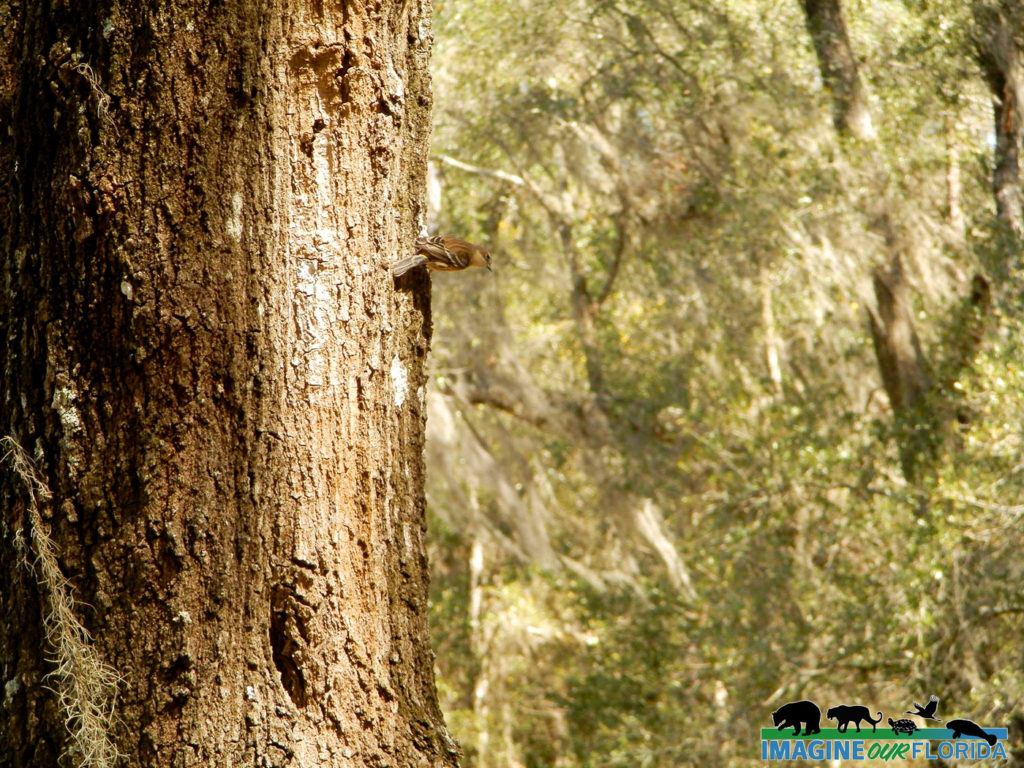
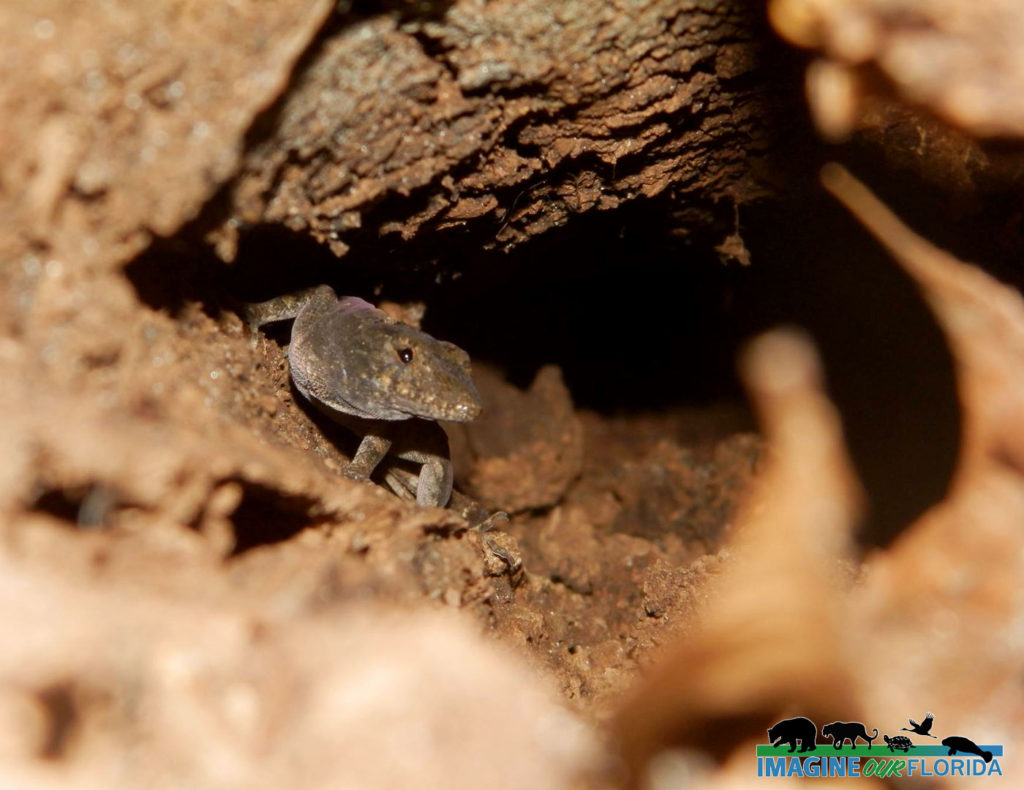
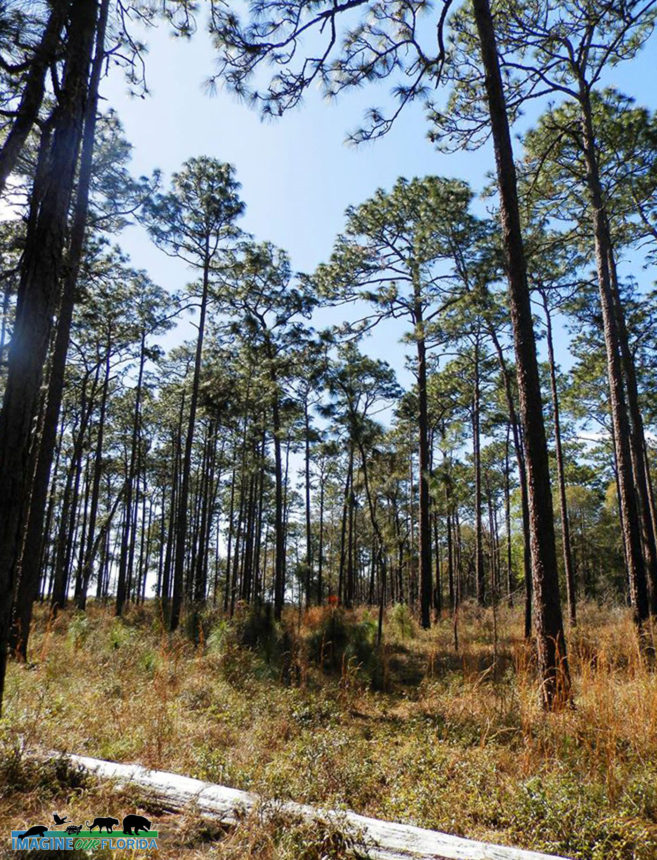
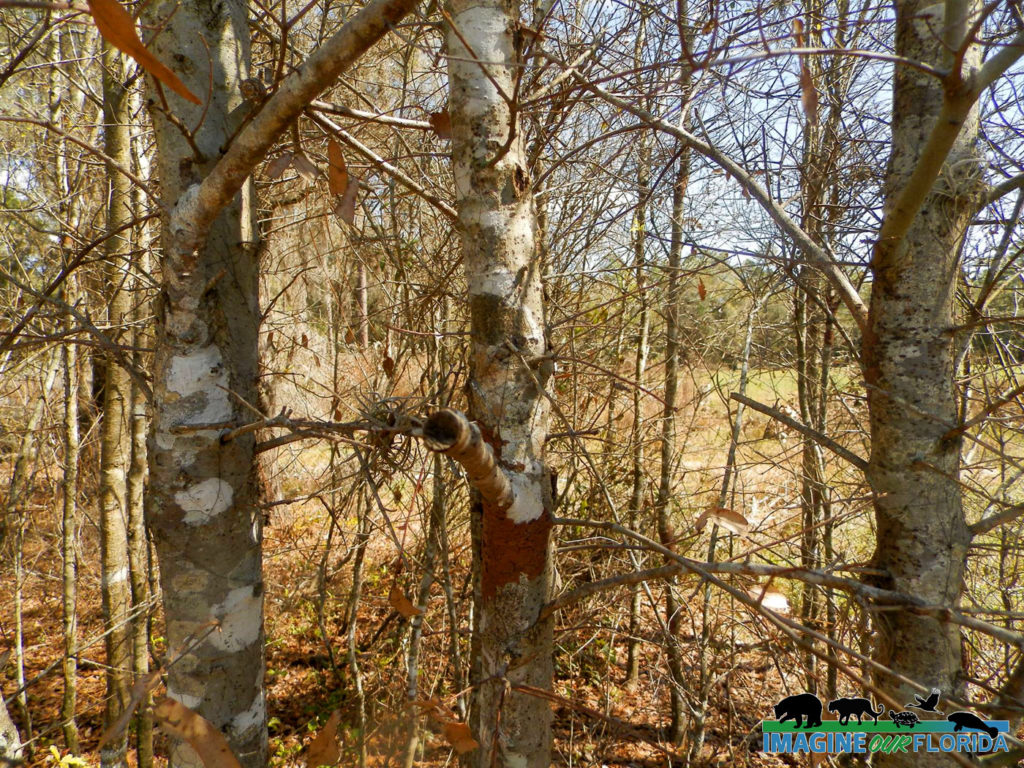
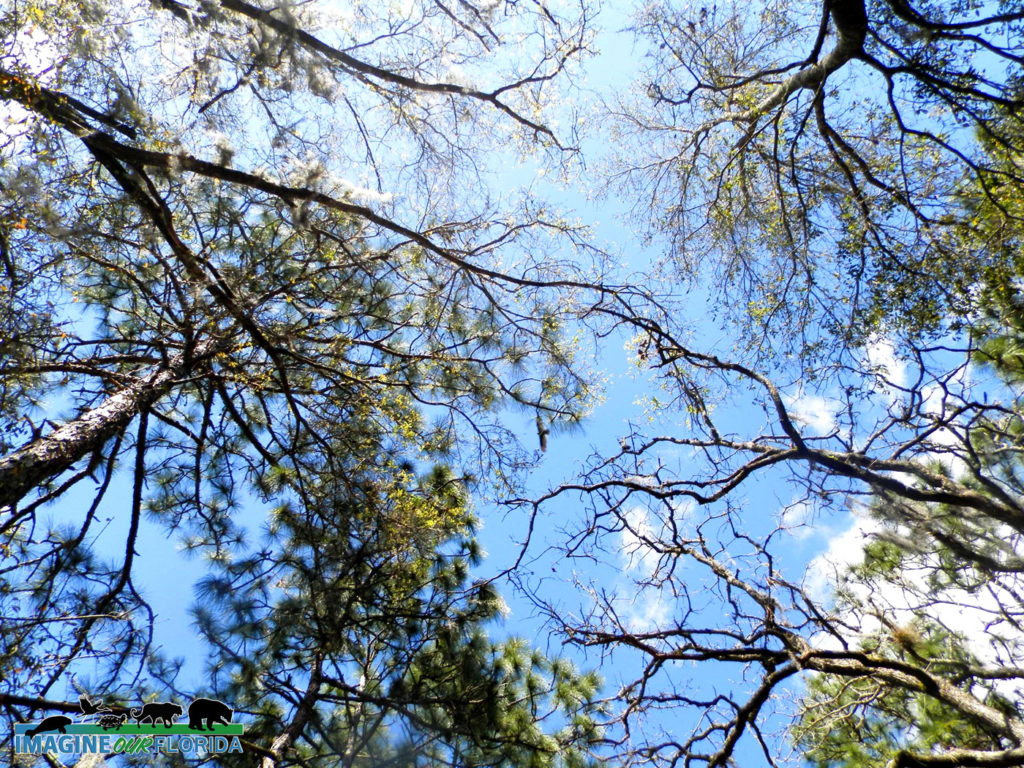
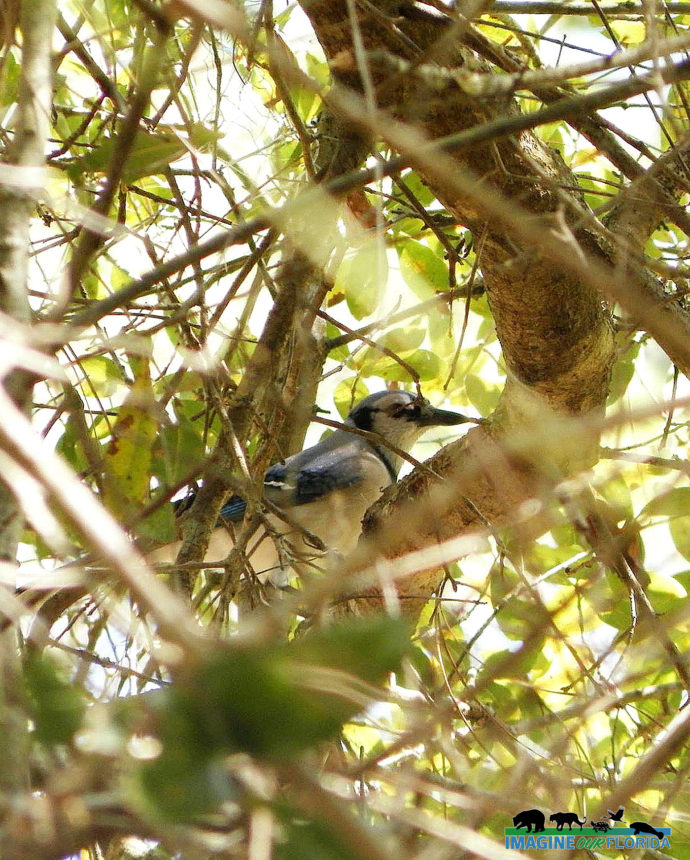
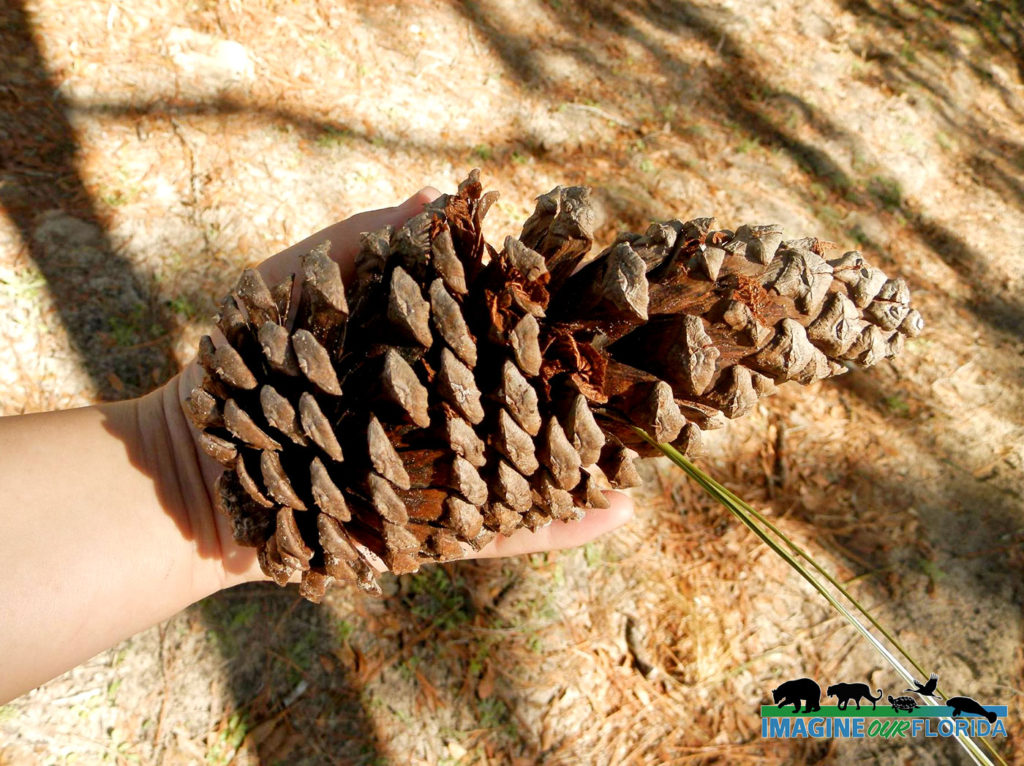
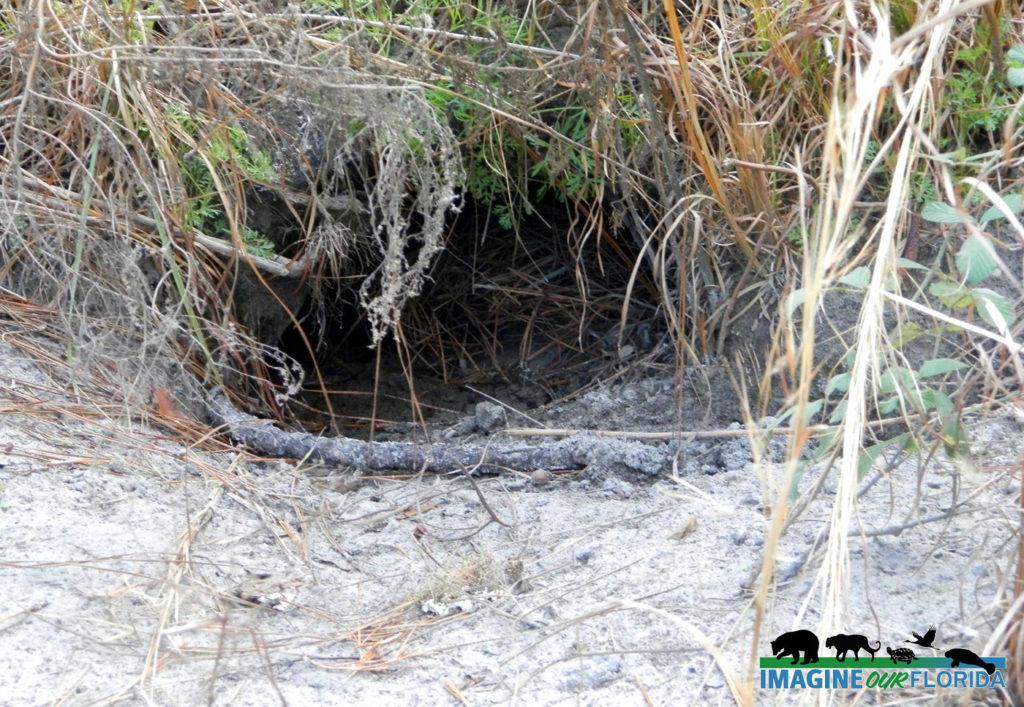
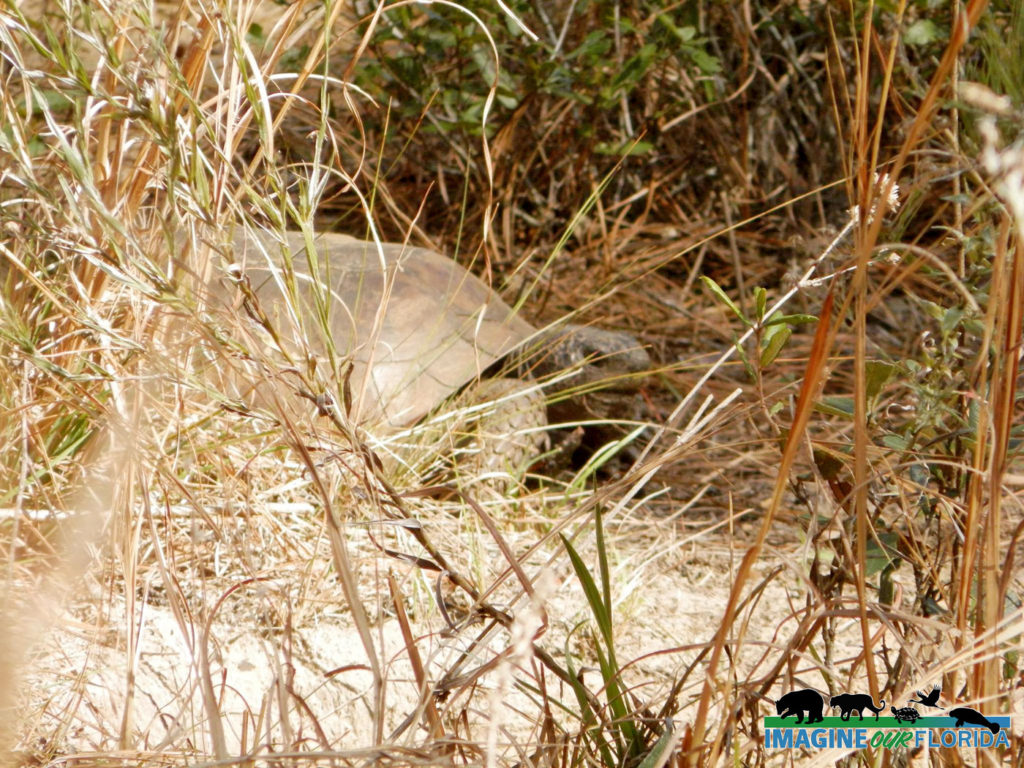
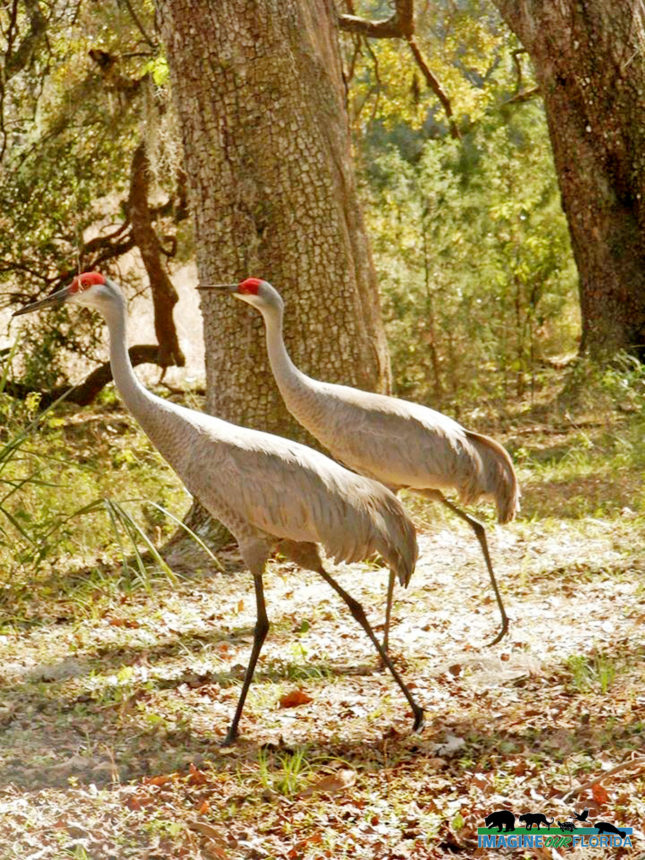
Recent Comments